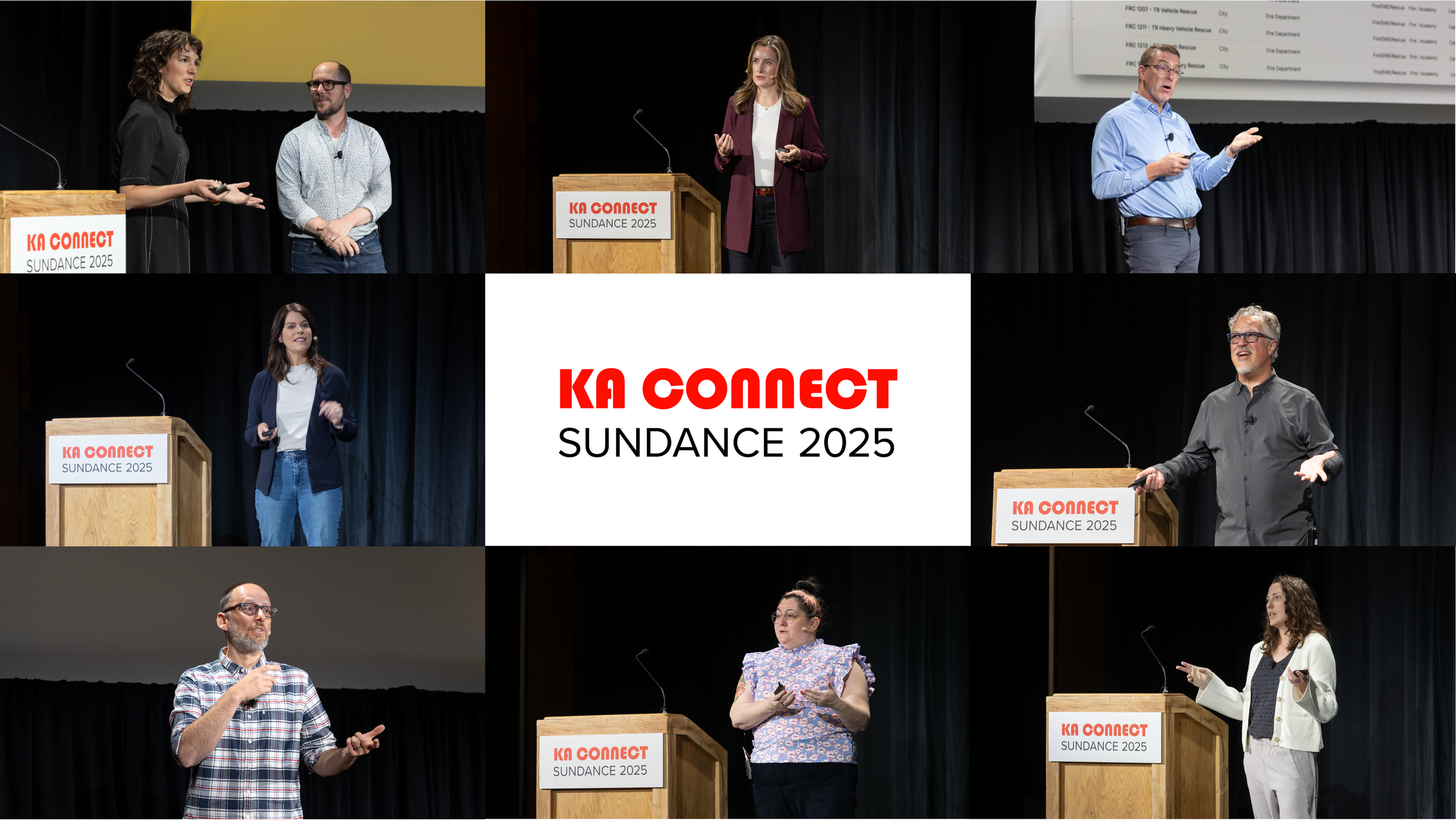Lately, I’ve been thinking a lot about the relationship between AI and firmwide knowledge—not just how AEC firms use knowledge to power AI, but how AI is pushing them to care for their knowledge more intentionally.
When employees use AI-powered tools like Synthesis AI Search to ask questions, they’re finding useful answers from knowledge distributed across content silos and content types, including video. But these benefits are also revealing something else: the quality of those answers depends entirely on the quality of the content behind them.
Outdated content leads to outdated answers. Gaps in documentation mean missed opportunities. Conflicting versions create confusion.
As a response, AEC firms are becoming much more attuned to the importance of maintaining high-quality, up-to-date knowledge across the business. They’re not just investing in AI. They’re investing in the knowledge powering the AI—acquiring it, updating it, and retiring it when it no longer serves the firm.
This raises an old but important question:
How do you keep a large intranet from decaying over time?
Instead of treating a new intranet launch as a one-time project, it may be more helpful to think of it like painting the Golden Gate Bridge. Crews begin at one end, make their way across, and by the time they reach the other side, it’s time to start again. The goal isn’t to finish, but to stay in motion—a continuous cycle of proactive care. And the earlier you can establish that rhythm, the healthier your knowledge base will remain.
That’s why I want to revisit a story from the KA community that feels even more relevant today than when it was first shared at KA Connect back in 2019. It’s the story of how AKF Group, at the time a 500-person multidisciplinary engineering firm with nine offices in the U.S. and two in Mexico, built a simple but powerful process for keeping their knowledge fresh—and how that process became the foundation for what we now call Essential Content Reviews.
You can read more about the Essential Content Review Framework on our website, under Intranet Best Practices. But what I want to share here is the origin story—how one firm, led by a thoughtful and practical knowledge manager named Shannon Kaplan, created a rhythm of content care that’s still shaping how our community maintains knowledge today.
Read more









